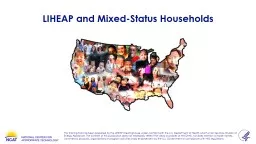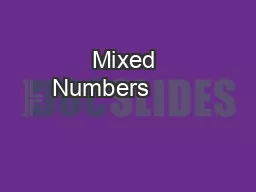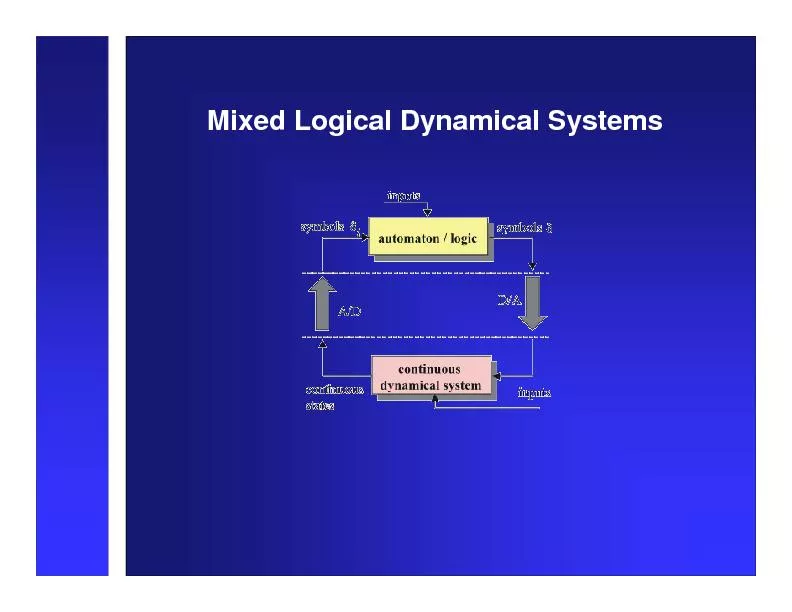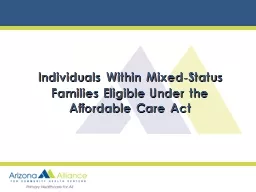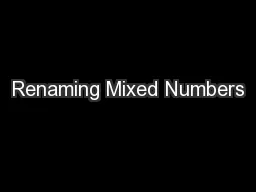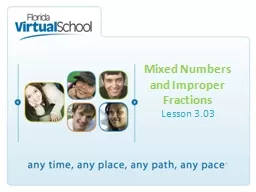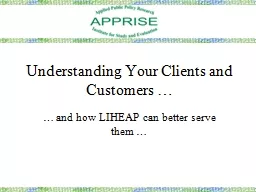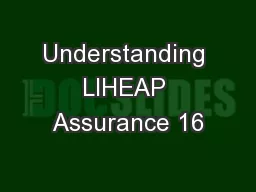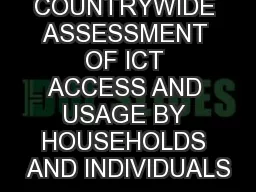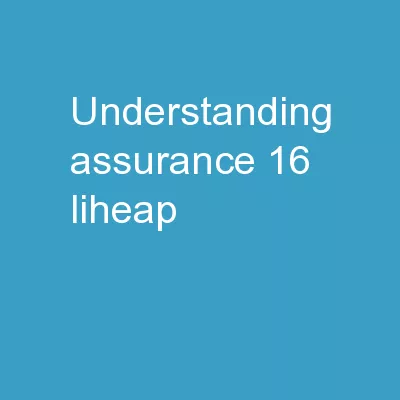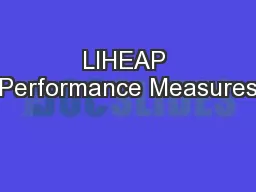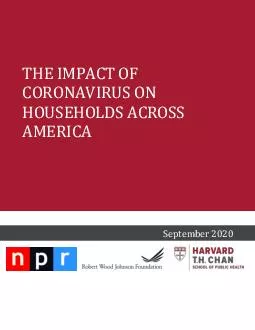PPT-LIHEAP and Mixed-Status Households
Author : celsa-spraggs | Published Date : 2018-10-13
This Training Tool has been prepared by the LIHEAP Clearinghouse under contract with the US Department of Health and Human Services Division of Energy Assistance
Presentation Embed Code
Download Presentation
Download Presentation The PPT/PDF document "LIHEAP and Mixed-Status Households" is the property of its rightful owner. Permission is granted to download and print the materials on this website for personal, non-commercial use only, and to display it on your personal computer provided you do not modify the materials and that you retain all copyright notices contained in the materials. By downloading content from our website, you accept the terms of this agreement.
LIHEAP and Mixed-Status Households: Transcript
Download Rules Of Document
"LIHEAP and Mixed-Status Households"The content belongs to its owner. You may download and print it for personal use, without modification, and keep all copyright notices. By downloading, you agree to these terms.
Related Documents

